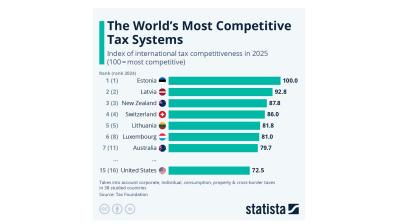More Nato members have pledged to contribute to four battalions stationed in Poland and the Baltic states as the military alliance continues to build its presence on its eastern flank, Nato's secretary general said on October 26. The announcement comes as Russia sent added ships to its Baltic Sea fleet.
Regional tension has been running high since Russia annexed Crimea in early 2014, and appears to be peaking as the US election approaches. Moscow moved a nuclear-capable Iskander missile system to the Kaliningrad exclave between Poland and Lithuania earlier this month. That was followed by reinforcement of the Baltic Fleet with two warships armed with long-range cruise missiles in recent days.
Russia has long claimed it is unhappy that it has been "encircled" by Nato since the end of the cold war. The inclusion of the Baltic states, formerly inside the Soviet Union, is a particular issue for Moscow. Estonia, Latvia and Lithuania claim Russia is running a hybrid war against them.
They say they fear that could turn real unless Nato shows it stands behind them. The US-led military alliance says it is wary of Russia’s “assertive military posturing".
Russia's recent "moves do not lower tensions or restore predictability to our relations,” Nato head Jens Stoltenberg said as a two-day meeting of Nato defence ministers got under way in Brussels.
“We are concerned about Russia’s behaviour. But dialogue is even more important when tensions run high,”he added. The strengthening by the military alliance of its eastern flank is a necessary reaction to Russia, but in essence Nato’s moves are defensive and the alliance seeks no confrontation nor a new arms race, Stoltenburg said.
Nato decided during a July summit in Warsaw to station four battalions in Poland, Estonia, Latvia, and Lithuania. Led by the US, UK, Canada, and Germany, a number of alliance member states have now said they will join the effort, Stoltenberg told a press conference on October 26.
Albania, Italy, Poland and Slovenia will contribute to the Canada-led battalion in Latvia. Belgium, Croatia, France, Luxembourg, Netherlands and Norway will contribute to Germany-led battalion in Lithuania. Denmark and France will strengthen the UK-led battalion in Estonia, while Romania and the UK will add weight to the US-led battalion in Poland.
The US is also contributing a force armed with tanks and heavy equipment to rotate across eastern Europe. “The battalions will be multinational, robust, and combat-ready,” Stoltenberg said. He confirmed the alliance is on track to start deployment in early 2017, with full deployment expected in the summer.
Nato’s broader plan is to back the battalions - which total some 4,000 troops each - with a 40,000-strong rapid-reaction force as well as other capacity if necessary.
For their part, Nato's eastern member states are also strengthening defence forces. The Baltic states plan to double defence spending by 2018. Poland is set to spend PLN130bn (€30bn) on modernising its army by 2022, although Warsaw's spat with France over the purchase of helicopters from Airbus casts some doubt over the country's capability to carry out effective reinforcement.
News

Russia tests nuclear-powered Poseidon torpedo, Putin says
Speaking during a hospital visit with soldiers wounded in Ukraine, Putin said the device was launched from a submarine and that its onboard nuclear power unit had been successfully activated.

Serbian students march to Novi Sad for anniversary protest
Hundreds of students from across Serbia are marching on foot to the northern city of Novi Sad ahead of a November 1 commemoration marking one year since the collapse of a railway station canopy that killed 16 people.

Tanzania election protests trigger curfew; military deployed, internet cut
Demonstrators clashed with security forces in Dar es Salaam, setting a bus and a gas station ablaze, prompting authorities to impose a curfew from 6 p.m. The military was deployed in Dodoma, Zanzibar, and the commercial capital.

US strikes on drug vessels kill 14 in deadliest day of Trump's narcotics campaign
The US military killed 14 people in strikes on four vessels allegedly transporting narcotics in the eastern Pacific Ocean, marking the deadliest single day since President Donald Trump began his controversial campaign against drug trafficking.




